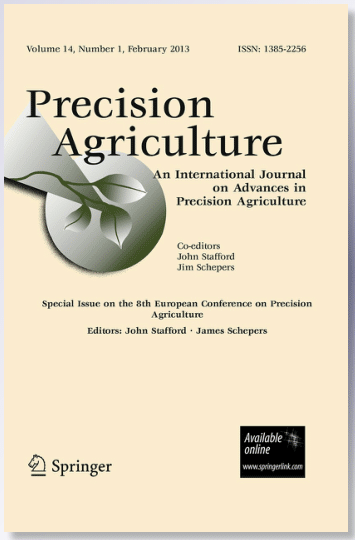Leaf area index (LAI) is a vital input variable for crop growth and yield prediction models. Therefore, rapid and accurate crop LAI estimates can offer important information for monitoring and managing the quantity and quality of food production. Here, LAI values of maize and soybean were predicted applying height metrics and intensity metrics calculated through unmanned aerial vehicle (UAV) LiDAR data. Moreover, we compared the prediction performance of physical model with that of empirical model for estimating crop LAI. The physical model based on Beer–Lambert law yielded reliable estimation results using LiDAR height data (maize: R2 = 0.815, RMSE = 0.385; soybean: R2 = 0.627, RMSE = 0.515) and LiDAR intensity data (maize: R2 = 0.719, RMSE = 0.474; soybean: R2 = 0.548, RMSE = 0.567). However, the linear regression model obtained a higher estimation accuracy. The single linear regression model derived from LiDAR height data had an R2 value of 0.837 (RMSE = 0.361) for maize and 0.658 (RMSE = 0.493) for soybean, and derived from LiDAR intensity data had an R2 value of 0.749 (RMSE = 0.448) for maize and 0.460 (RMSE = 0.619) for soybean, respectively. We found that the random forest (RF) regression model yielded the lowest estimation accuracy in this study. Moreover, the RF regression model in our study was not able to reliably estimate soybean LAI whether using LiDAR height metrics (R2 = 0.294) or intensity metrics (R2 = 0.180). Our results show that both LiDAR intensity and height metrics are capable of reliably predicting maize and soybean LAIs, although LiDAR intensity data yielded lower estimation accuracy than LiDAR height data. In conclusion, the results presented in this study demonstrate that using UAV-LiDAR technology to predict crop LAI is a flexible, practical, and cost-effective method.



